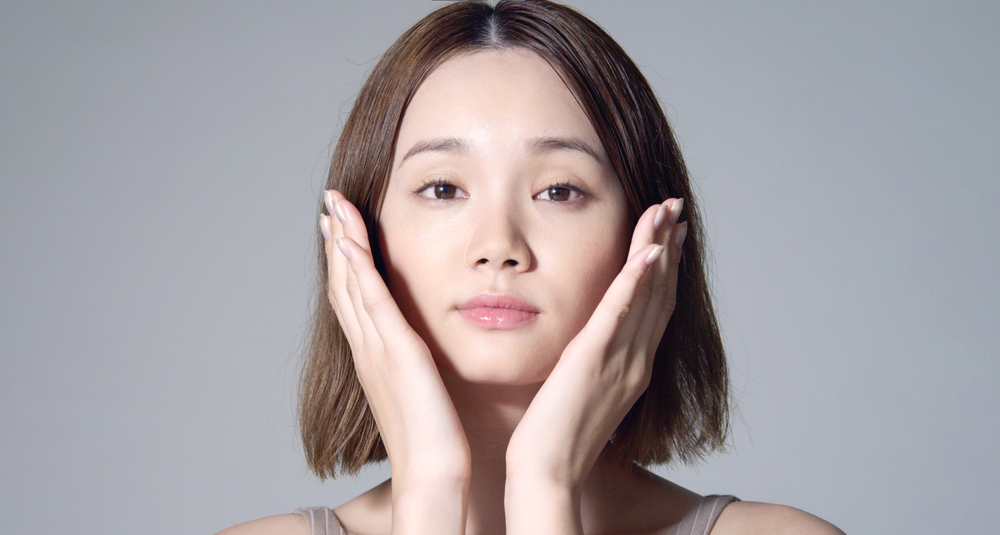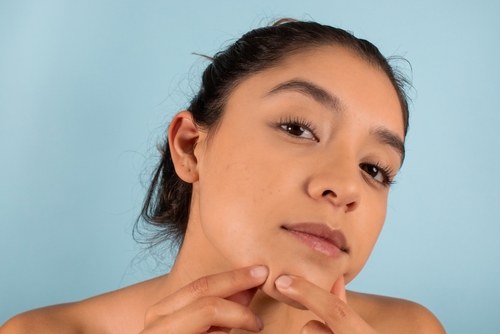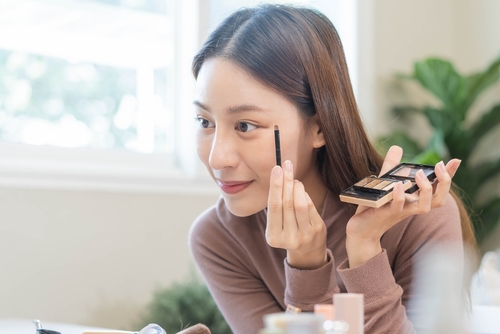
Many people seeking PRP injections for hair loss have concerns about the longevity of the treatment and any negative side effects that could stem from the injections. If they are long-lasting, why are they packaged? What are the risks involved?
PRP or platelet-rich plasma injections are made up of blood cells that have more platelets than normal. They promote healing, regeneration, and growth throughout the body. This makes them a great solution for hair loss, or an alternative to filler injections.
PRP therapy is priced in packages by many clinics, including PRP in Seattle, to ensure the therapy has long-lasting results. Patients who have multiple sessions, after the first one begins to fade, see results that last up to two years. Maintaining PRP injections is easy, and does not require monthly treatments, and the effects are well worth the sessions.
While rare, there are a few long-term side effects of PRP injections, such as scar tissue, injury to the blood vessels, and injury to the nerve. Most of these long-term side effects can be avoided with a leading, PRP therapy clinic like PRP in Seattle.
To learn more and schedule a consultation, call us at 206-279-2112. You can also reach out online at https://www.prpinseattle.com/about-dr-jonov/.











